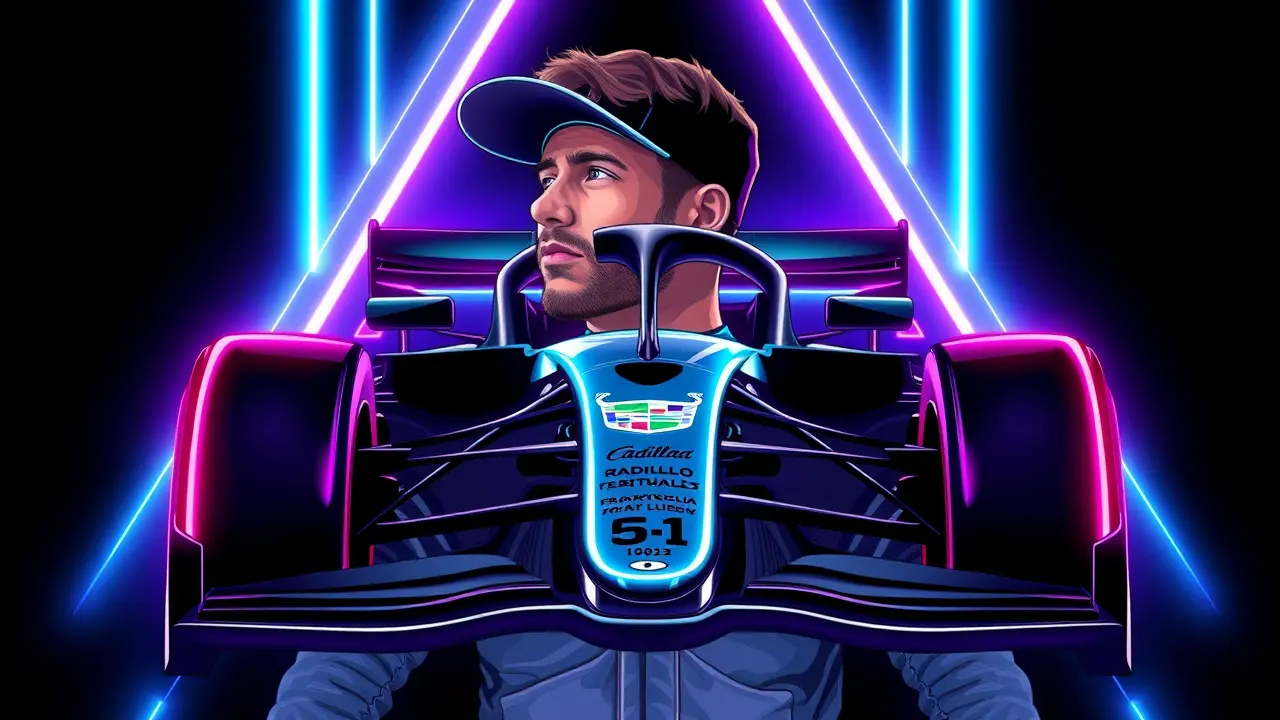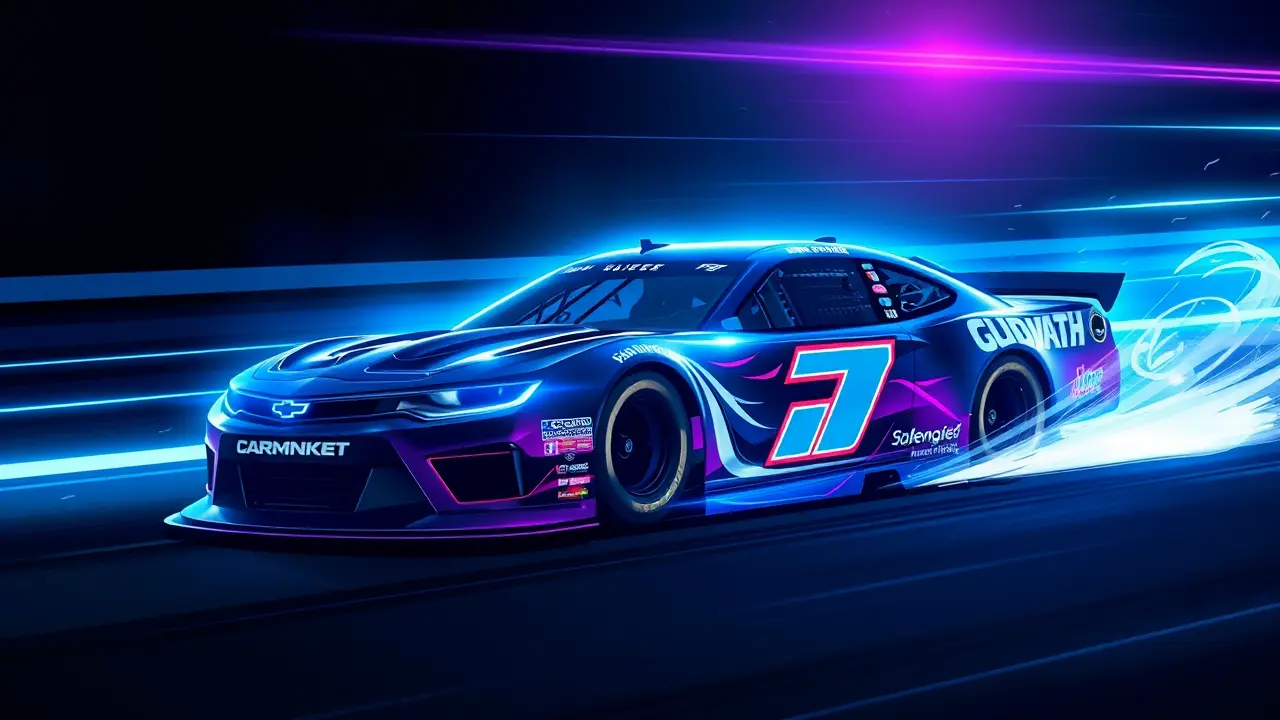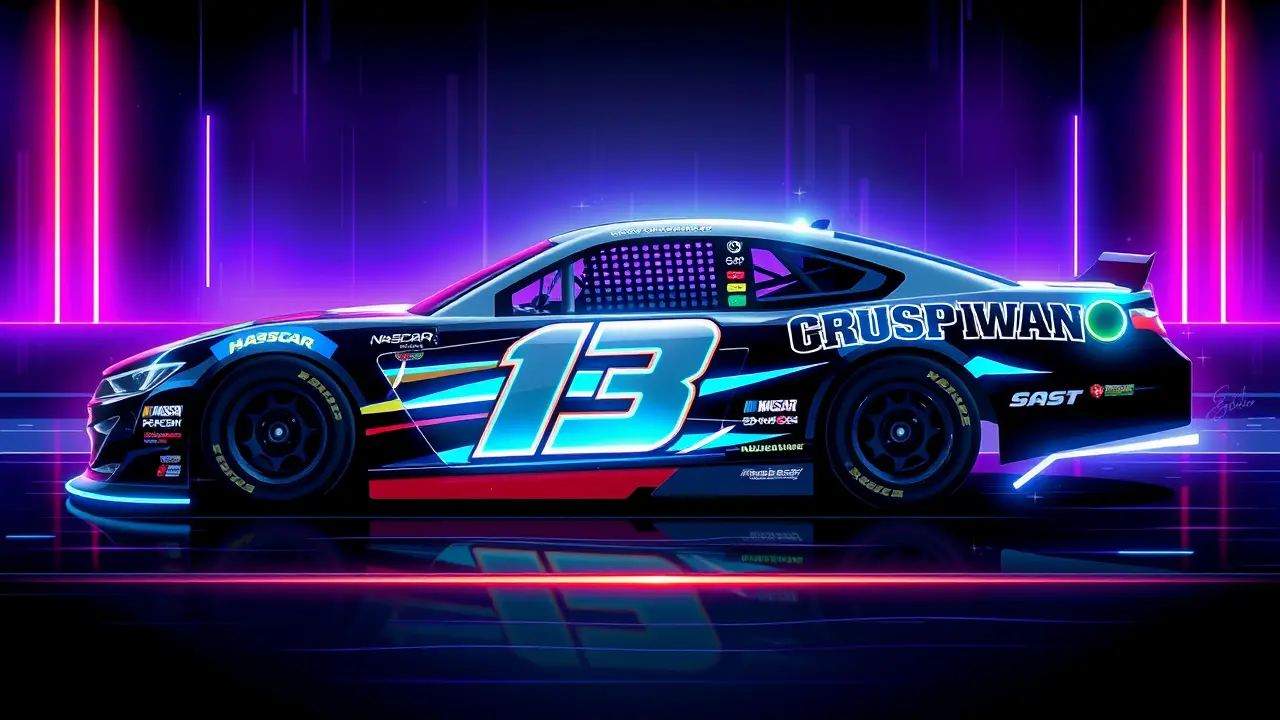
SportmotorsportFormula 1
Valtteri Bottas on Cadillac and the 2026 F1 Season
JA
Jack Turner
1 day ago7 min read
The high-stakes world of Formula 1 is bracing for another seismic shift in 2026, and at the heart of this impending revolution is Valtteri Bottas, the seasoned Finnish driver poised to lead the new Cadillac works team. Currently serving as the reserve driver for Mercedes, Bottas finds himself in a uniquely strategic position, bridging the gap between a reigning powerhouse and an ambitious American newcomer aiming to disrupt the established order.The 2026 season represents more than just a team change for Bottas; it marks a fundamental reset for the entire sport with a sweeping new regulatory framework that will redefine car design, power unit specifications, and aerodynamic philosophy. This isn't merely a driver transfer—it's a calculated gamble on a blank slate, reminiscent of Brawn GP's legendary 2009 campaign where radical regulation changes allowed a underdog team to dominate, though Bottas himself tempers such immediate championship expectations with characteristic Nordic pragmatism.He describes the prospect as 'exciting,' acknowledging that the project appears on track with no apparent problems, yet he fully anticipates the Herculean challenge of building a competitive outfit from the ground up, a process he rightly notes will require time, immense patience, and a ruthless assessment of reality, especially during the critical first quarter of the debut season. Controlling expectations is paramount, a lesson hard-learned from other manufacturer entries like Toyota's prolonged and ultimately fruitless F1 endeavor or the more recent struggles of Haas to consistently develop a car throughout a season.The success of the Cadillac project hinges on a complex trifecta: the technical partnership with the experienced Andretti Global organization, the development of a competitive power unit under the new cost-capped and more sustainable engine regulations that emphasize a 50/50 split between internal combustion and electrical energy, and the seamless integration of a cohesive team culture. Bottas’s role extends beyond his driving; he will be a de facto leader, a development driver, and a brand ambassador, tasked with steering the team's morale and technical direction through what will inevitably be a steep learning curve.His experience from the dominant Mercedes era, where he played a crucial supporting role in multiple constructors' championships, provides him with an invaluable blueprint for what excellence looks like at the pinnacle of motorsport, yet he must now help architect that blueprint himself. The broader implications for F1 are significant; a successful American works team led by a popular and capable driver like Bottas could dramatically accelerate the sport's growth in the crucial US market, challenging the European-centric model and potentially attracting further OEM investment.However, the landscape is fraught with peril, as evidenced by the mixed fortunes of returning manufacturers like Alpine. The initial goal for Bottas and Cadillac won't be to challenge Max Verstappen and Red Bull for wins immediately, but rather to methodically climb the midfield, establish a robust development trajectory, and lay a foundation for long-term success, a marathon strategy in a sport often obsessed with sprint results. As Bottas astutely concludes, the immediate focus is on understanding their starting position and, more importantly, the speed at which they can progress, because in the volatile, high-tech theater of Formula 1, the race to the front begins long before the lights go out on the 2026 season, and it's a race that will test the mettle of a driver, a team, and an entire automotive giant.
#Valtteri Bottas
#Cadillac
#Formula 1
#2026 season
#team switch
#regulation change
#featured
Stay Informed. Act Smarter.
Get weekly highlights, major headlines, and expert insights — then put your knowledge to work in our live prediction markets.
Related News
© 2025 Outpoll Service LTD. All rights reserved.

